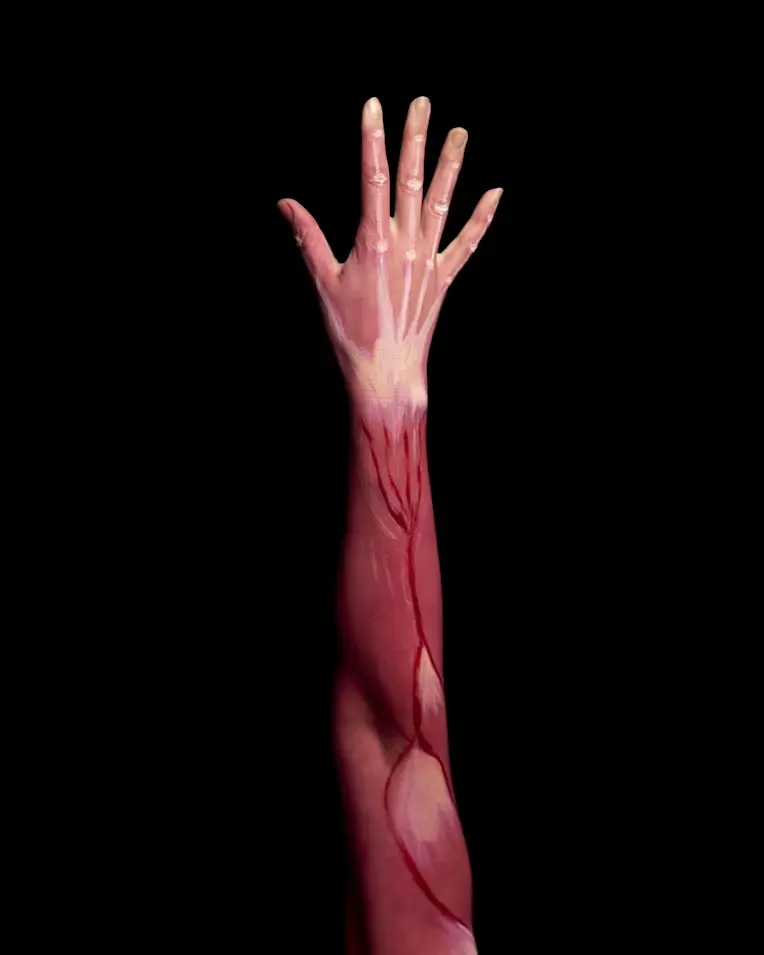Muscle maintenance is crucial for everyone, from professional athletes to everyday fitness enthusiasts. Regular practice of muscle care not only enhances performance but also prevents injuries and speeds up recovery. As our understanding of muscle physiology evolves, individuals are now turning to innovative solutions to keep their muscles healthy. These approaches incorporate technology, targeted therapy, and integrated routines to ensure optimal muscle performance.
Muscle recovery is an integral part of any fitness regime. When you engage in physical activities, your muscle fibers experience tiny tears, which is entirely normal.Recovery allows these fibers to repair and grow stronger. The recovery process includes several stages, such as reducing muscle soreness, replenishing energy reserves, and repairing microscopic injury. There are various methods available, including massage therapy, cryotherapy, and the use of recovery tools that facilitate these processes.Properly managing this process can significantly enhance muscle growth and development while minimizing the risk of injury. Recent studies show that effective recovery methods can increase athletic performance by as much as 20%. This insight encourages athletes to prioritize recovery and explore methods that promote quicker and more effective restoration of muscle function.
Advancements in muscle stimulation technology, like electric muscle stimulators (EMS), have proven effective in promoting recovery. By sending small electrical impulses to the muscles, they generate involuntary contractions that can enhance blood flow and help clear lactic acid from muscle tissues. Techniques such as these are now commonly prescribed by professionals for athletes looking to streamline their recovery routines.
Integrating stretching into your daily routine is another essential component of muscle maintenance. Stretching increases flexibility, preps muscles for exercise, and aids recovery post-workout.Each type of stretching offers unique benefits. Static stretching, where a position is held for an extended period, helps increase overall flexibility and range of motion. Dynamic stretching, which involves active movements, can help activate muscles before a workout for peak performance.Targeted stretching techniques also assist in alleviating specific muscle tightness, such as hamstring or hip flexor restrictions. By addressing these problem areas, individuals can enhance their overall performance and decrease the likelihood of injuries. Regular practice can lead to lasting improvements, making stretching an essential practice in daily muscle maintenance.
Nutrition plays a pivotal role in muscle recovery. After a workout, muscles require proper nutrients to repair and grow. Consuming a balanced meal rich in protein, carbohydrates, and healthy fats can significantly boost recovery. A protein-rich meal replenishes amino acids that are necessary for muscle repair, while carbohydrates restore glycogen levels that get depleted during exercise.Hydration also cannot be overlooked. Water supports numerous bodily functions, including nutrient transport and muscle contraction. Dehydration can hinder performance and prolong recovery times, making it essential to keep up fluid intake. Supplementing with branched-chain amino acids (BCAAs) and antioxidants can also provide benefits by further facilitating muscle repair and reducing soreness.
It’s important to create a personalized muscle maintenance routine, considering the various approaches mentioned. Start with an assessment of your current fitness level and identify areas needing attention. Incorporate technologies like massage devices or muscle stimulators for targeted recovery, augmenting them with nutrition plans tailored to your body’s needs.
Regularly engage in both stretching and mindfulness practices to cultivate a comprehensive strategy. The goal is to create a well-rounded plan that evolves based on individual progress and needs, ensuring effective muscle care for long-term benefits. Tailoring your routine enhances not only recovery rates but also overall physical performance.
As we explore innovative approaches to muscle maintenance, it becomes evident that integrating multiple strategies can yield the best results. From harnessing advanced technology to revamping dietary habits, each facet contributes to holistic muscle wellness, paving the way for improved performance and injury prevention.






